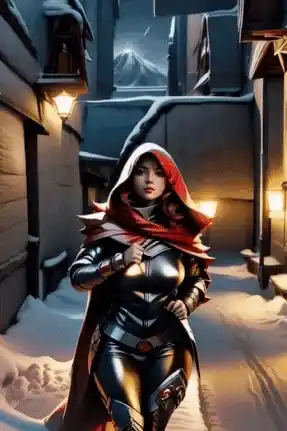2.3k
335

What this workflow does
Creates a Vid2Vid Animation where your hero (foreground) blends perfectly with the background (anything you want). The combination of foreground + background is achieved by creating a scene and later use conditional masking with separated controlnets streams (for foreground and background). It uses a combination of LCM + regular SD1.5 KSampler to speed up generation time while still having good detailed frames.
The resulting animation can be upscaled further (here I have Facedetailer and video frame interpolation. Further upscaling/refining is also possible.
Video tutorials link 🎥
👉 LCM + AD https://youtu.be/QdQANF3YLuI
👉 AD only https://youtu.be/gDUeqCErjt4
How to use this workflow
👉Details can be found here: https://tinyurl.com/34wvyzbs
Load all the corresponding models to be used (AnimateDiff, IPAdapter, clipvision, LCM, etc.)
If you are using Openart's runnable workflow, you can download the example assets by clicking here 👉 https://civitai.com/api/download/attachments/12274
Load your foreground (hero) and background images in the Load Images node in the Image Blending Group.
Adjust the images to have the foreground image in the right position.
Load the Images that are being used for the controlnets (foreground: openpose; background: zoe depth, MLSD lines,). In this workflow they are load directly, but can be generated in the workflow via preprocessors. Foreground requires of openpose/DWPose, but for the background others can be used.
Make sure the right models are introduced in the different nodes. In OpenArt's runnable workflow, they are all available but some of them have different name.
Write a prompt that describes the Animation
Adjust the different parameters of the workflow. Most critical are the foreground mask and the segmentation for the screen
Run the workflow. Start with small amount of frames, e.g. 12, then later adjust parameters of the different nodes. When everything looks nice, all the frames (or video) can be run. In OpenArt's runnable workflow, you may want to limit the frames to 32 (depending on the complexity, it might be more or less)
Tips about this workflow
Openpose/DWPose is creating the masks, so these are needed.
SDXL would need some adjustments
mm-Stabilized-mid has provided best results with the movement
Masks and automatic are tricky always...so some trial and error may be needed
 RGB.safetensors
RGB.safetensors